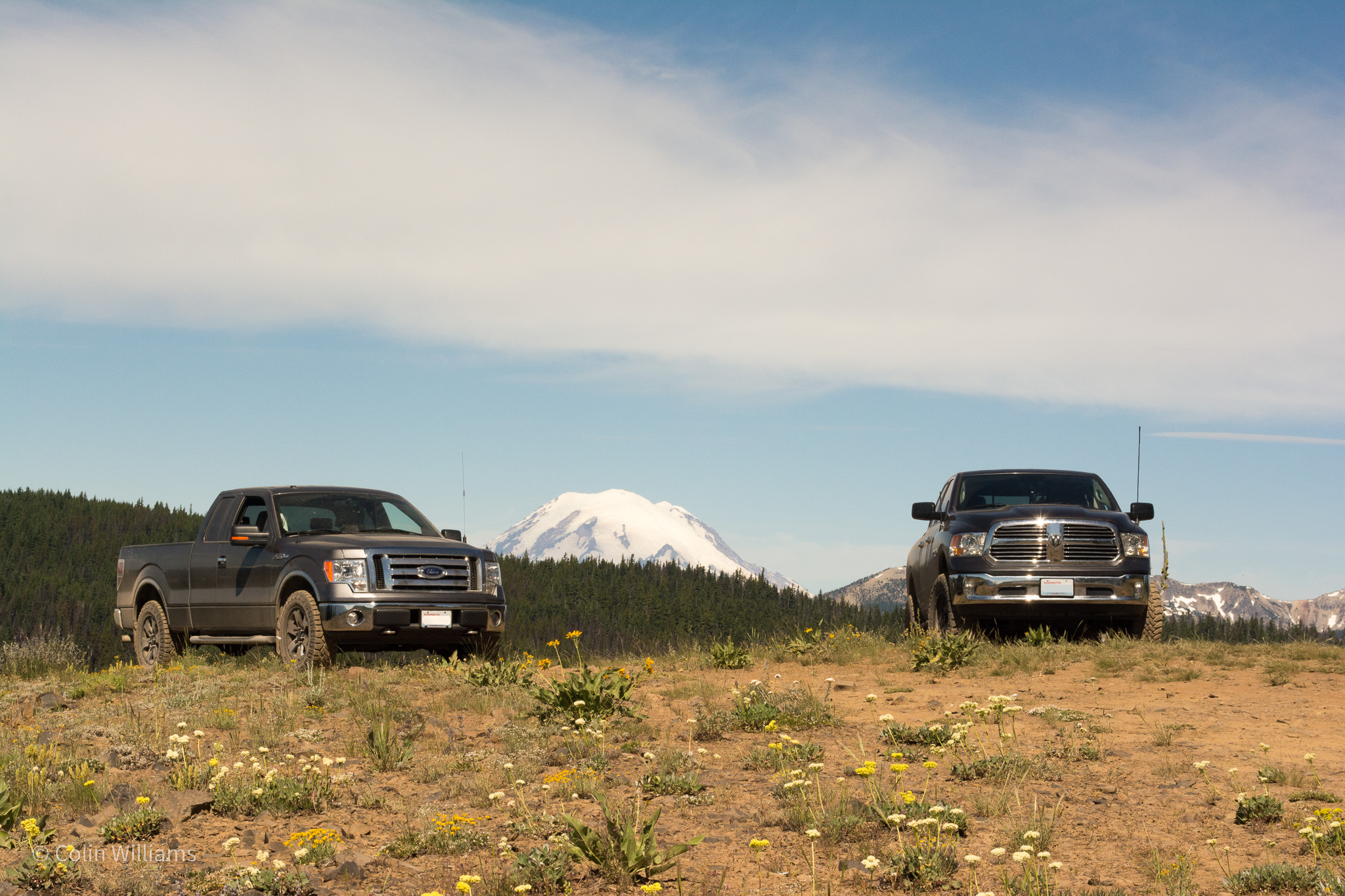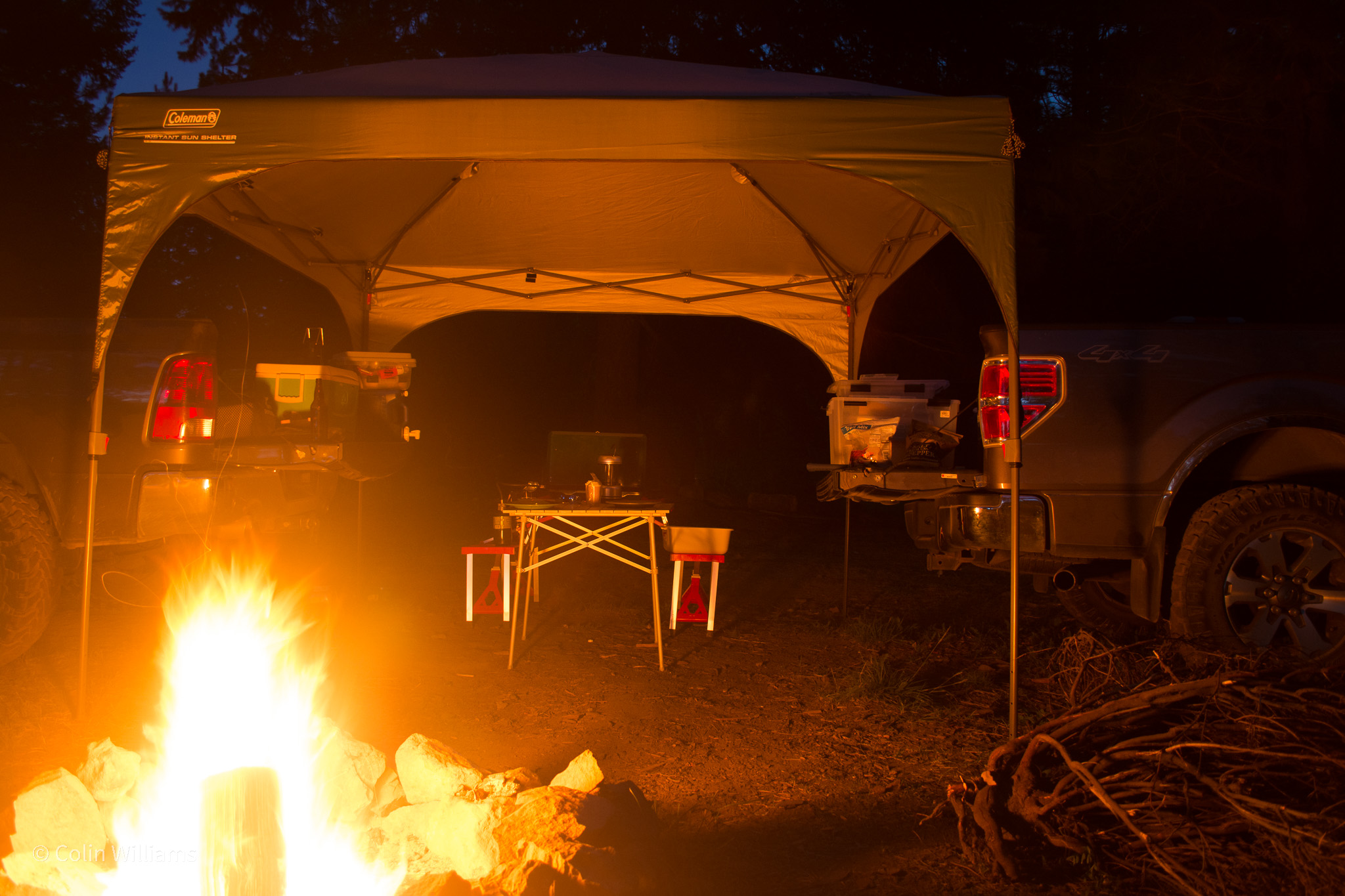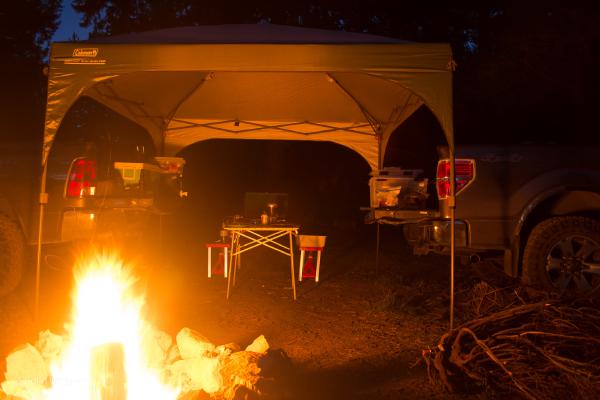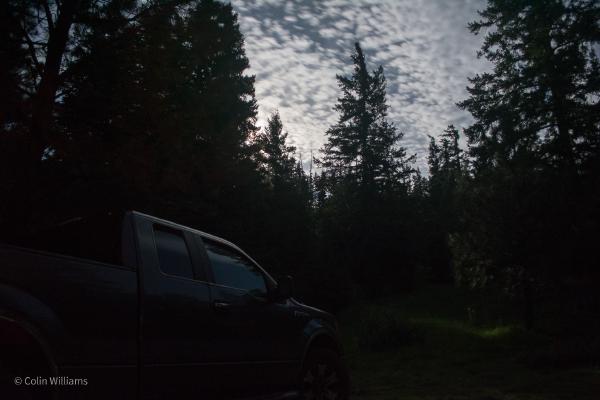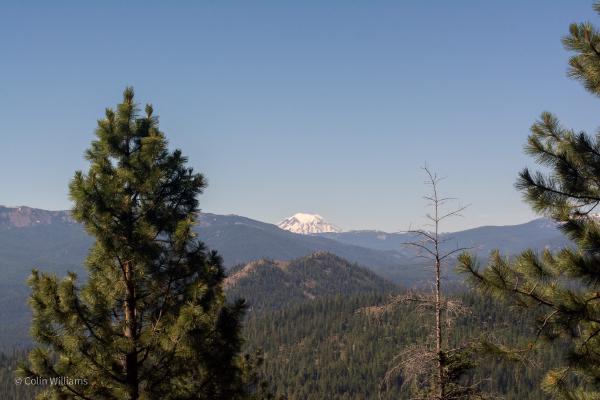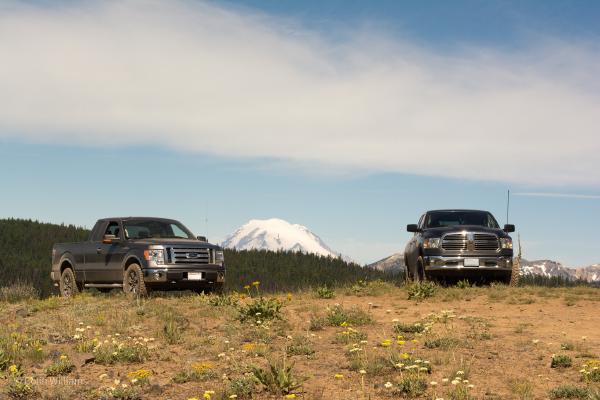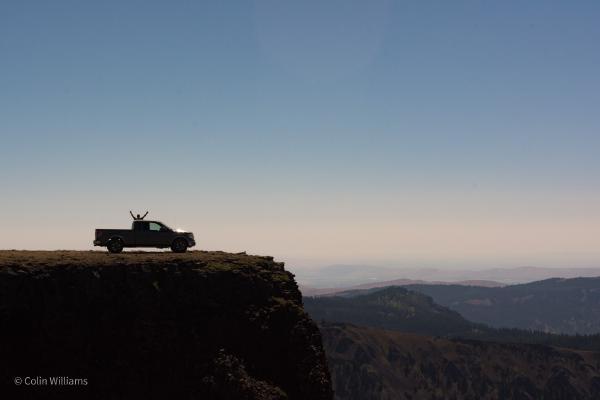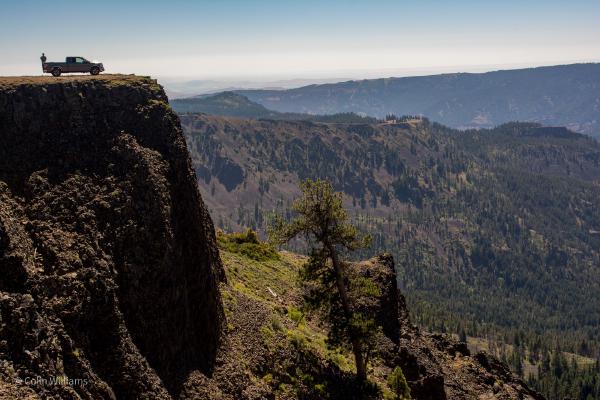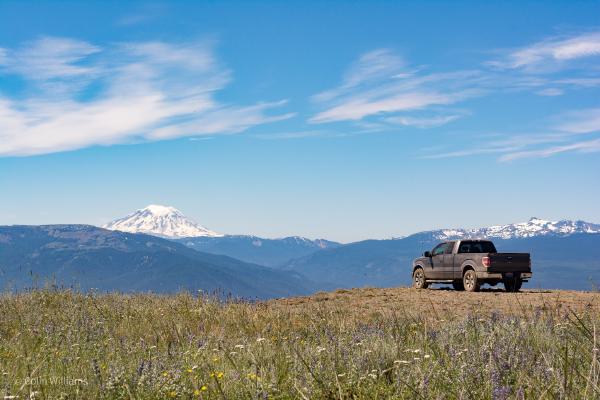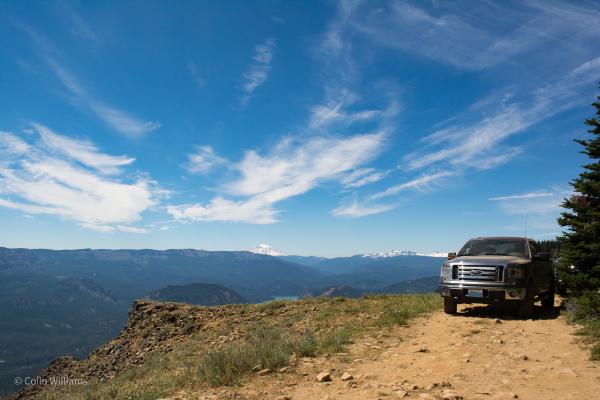AWD and Winter Driving
Last week I wrote about how winter tires will make any vehicle good for winter driving. A reader wrote in noting that I was quite dismissive of the benefits of All Wheel Drive (AWD) in winter and that a vehicle with AWD is objectively better if it has winter tires. He’s correct; however, I understated the benefits for a few reasons. In this follow-up post, I want to go over the benefits of AWD in winter driving, and then explain why I understated those benefits in my initial post.
First, let’s go over what AWD is. AWD is a feature that enables power to be sent to any of the four wheels without user intervention (this is one of the primary differentiators between AWD and four wheel drive). Direction of power can be done purely mechanically or with the control of a computer depending on the system used.
The obvious benefit is accelerating in slippery conditions. By having the ability to send power to all wheels, you are able to capitalize on the traction at all four corners of the vehicle, greatly decreasing the likelihood of getting stuck or spinning tires. This is emphasized when trying to go uphill. Note that the total amount of traction the vehicle has isn’t increased; it’s just better utilized under power.
A more subtle benefit is revealed once the vehicle is moving. If the driver maintains some amount of throttle, an AWD vehicle’s superior traction under acceleration may enable the vehicle to maintain stability when being pushed around by slush or snow; rounding a slippery corner; or powering out of a slide.
These are great benefits, so why did I understate them so severely in my original post?
My first and primary reason was to hopefully influence the conversation about what makes a vehicle good for winter driving. While a vehicle with AWD objectively has the potential to be better than one without, it can’t capitalize on that potential without winter tires. I’ve had many people comment that my truck would be awesome for winter driving without knowing what tires I have. This shows a fundamental misunderstanding, or confused prioritization, of what makes a vehicle great in winter.
I stated the second reason in my original post, albeit without explanation (emphasis added):
Four Wheel Drive (4WD or 4x4) or All Wheel Drive (AWD) [isn’t] a replacement for good tires because they don’t help with braking.
As stated above, AWD helps with distributing power to the wheels. When braking, no power is distributed to the wheels as the goal is to slow the vehicle. All vehicles have 4 wheel brakes, allowing all available traction to be utilized when combined with ABS and stability control systems. The only way to improve braking performance is to increase the amount of available traction by getting by getting better tires.
The gains in braking performance due to winter tires cannot be understated. To quote just one test, performed by Tire Rack (emphasis added):
[W]e measured the distance it took the tires to bring the Civic to a complete stop from 12 mph (20 km/h). The car’s speed was stabilized and the driver fully applied the brakes to engage the vehicle’s four-wheel disc anti-lock braking system (ABS) until the vehicle came to a complete stop.
When equipped with all-season tires, the car’s ABS engaged relatively easy and it took an average of 53.6-feet to stop the Civic. The Studless Ice & Snow tires provided more grip and actually squealed against the ice whenever the ABS activated. The Studless Ice & Snow tires brought the Civic to a stop in an average of 35.1-feet, representing a 34% improvement. Their 18.5-foot shorter stopping distance was over a car length improvement compared to the all-season tires.
Finally, my third reason is the amount of understanding and experience needed to fully reap the safety benefits of AWD. Being able to go forward is a safety benefit only in the respect of not being stuck somewhere undesirable (middle of nowhere, unsafe location, etc). Other than that, being in a non-moving vehicle is inherently safer than being in a moving vehicle.
When moving, I want to quote what I wrote above with emphasis added:
If the driver maintains some amount of throttle, an AWD vehicle’s superior traction under acceleration may enable the vehicle to maintain stability when being pushed around by slush or snow; rounding a slippery corner; or powering out of a slide.
All wheel drive’s slide prevention is notable, particularly when combined with winter tires. However, once a slide begins, unless the driver is experienced with slides and understands the benefit, maintaining throttle is the least intuitive response. The most intuitive response is to slam on the brakes, at which point the AWD system is rendered irrelevant. This incorrect response is significantly more likely, even with experienced drivers, when the slide is encountered during an evasive maneuver or while the driver is distracted, resulting in the slide being entirely unanticipated.
In conclusion, if you are regularly driving in winter conditions or you can easily afford it for the few times you are, I would highly recommend getting AWD when purchasing a new vehicle. The benefits are significant. Just make sure you also get a good set of winter tires so you can stop once you get moving and truly unlock the performance of your AWD system.
